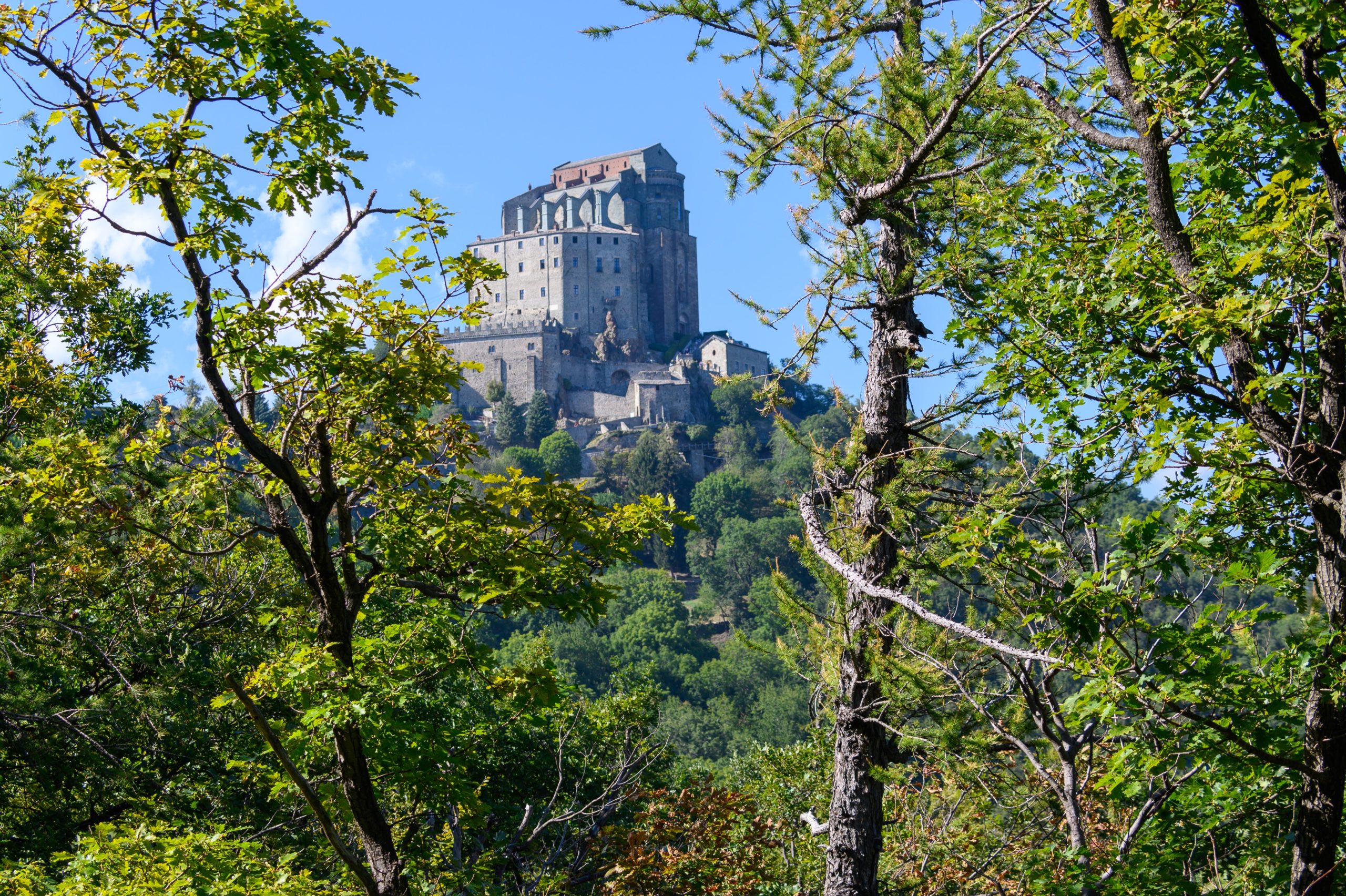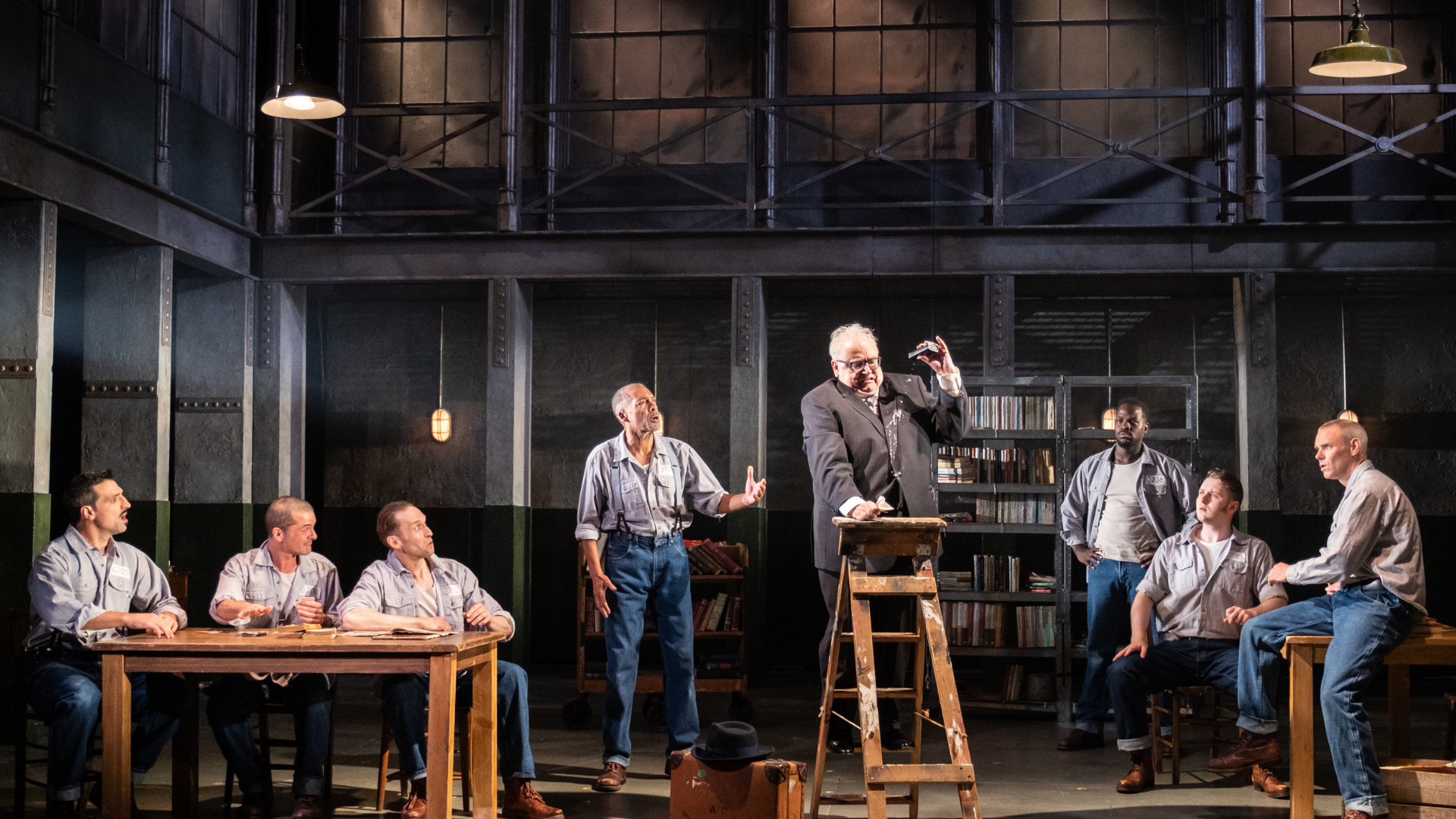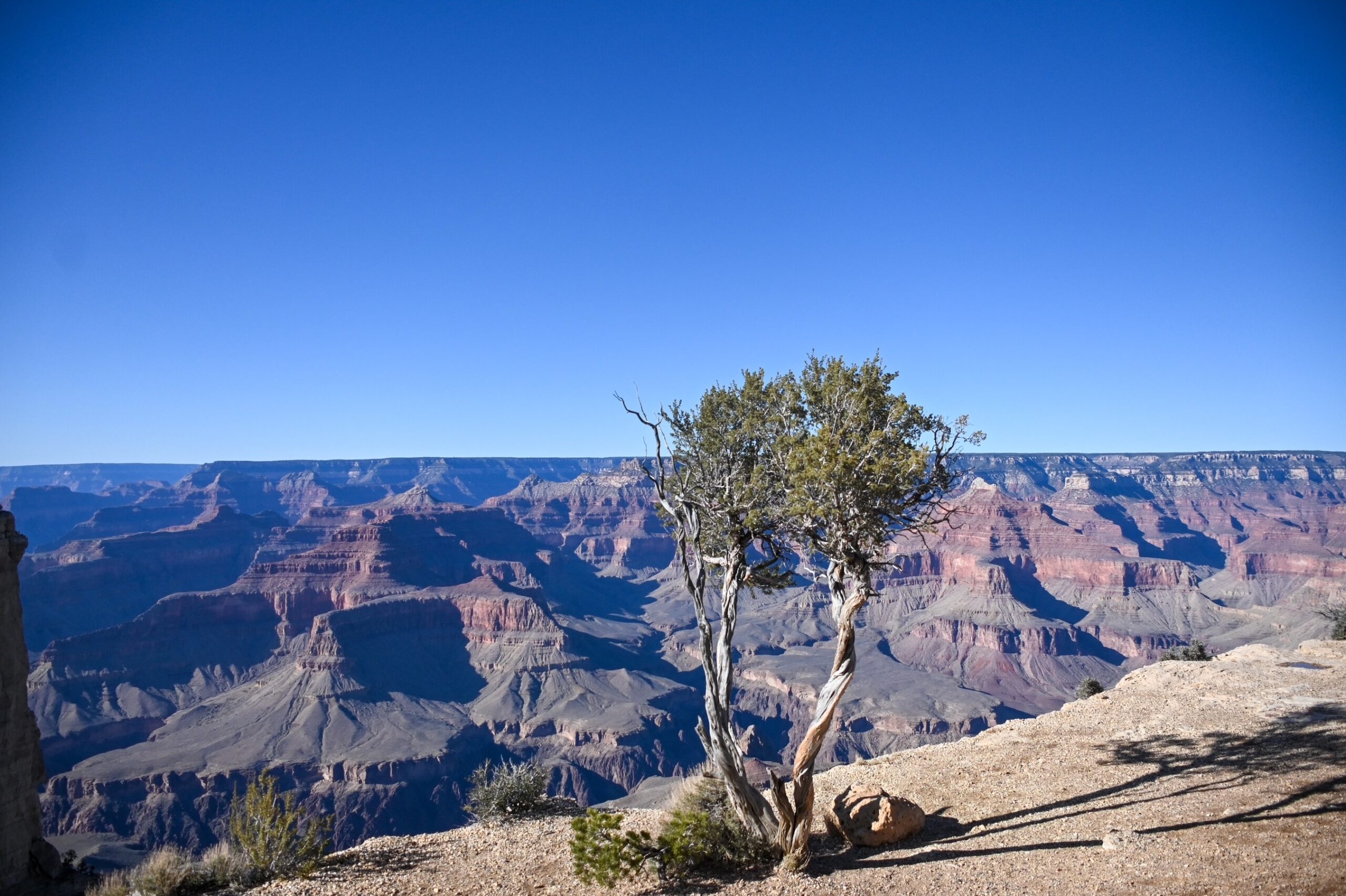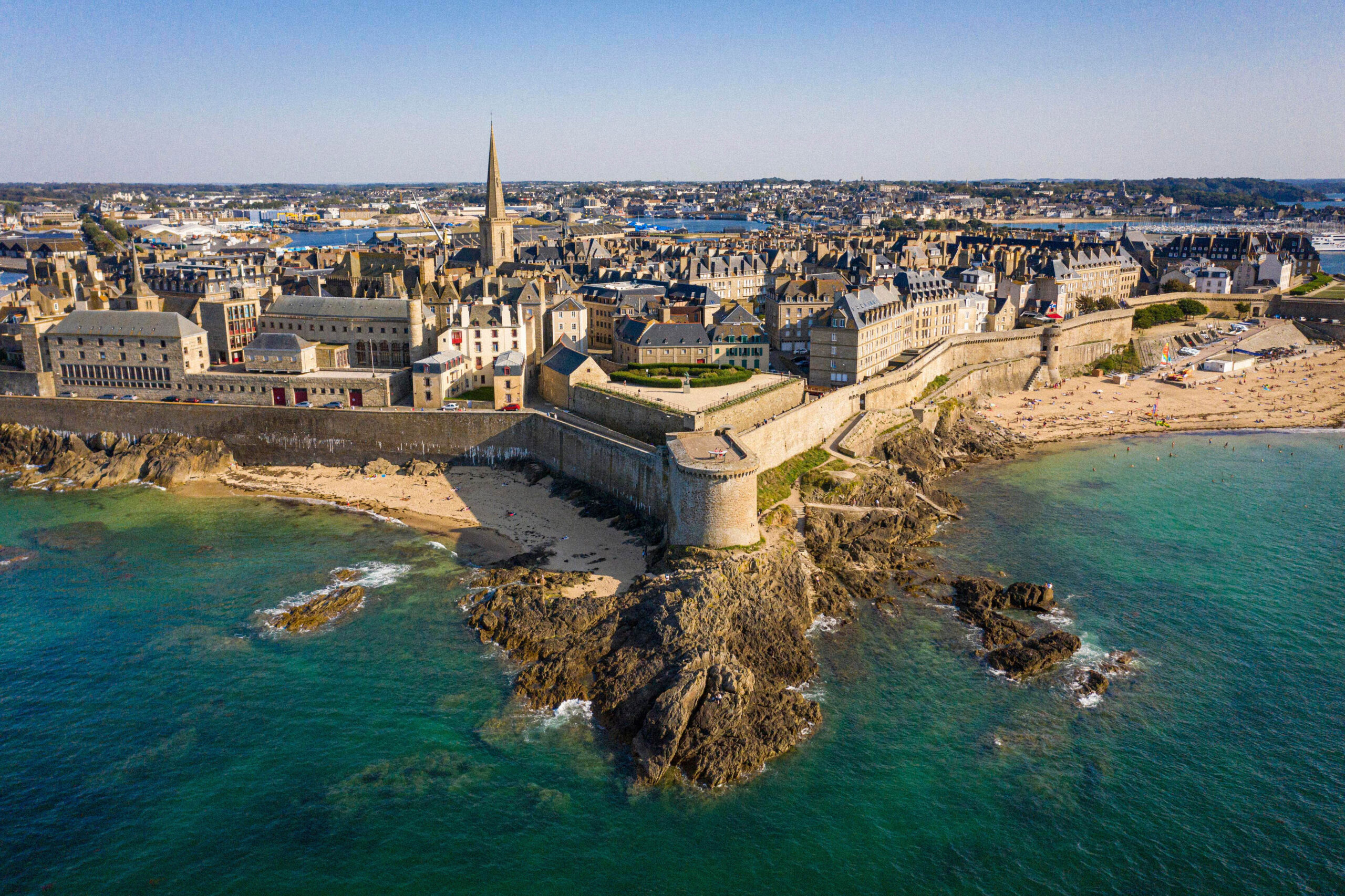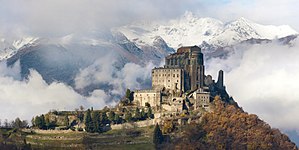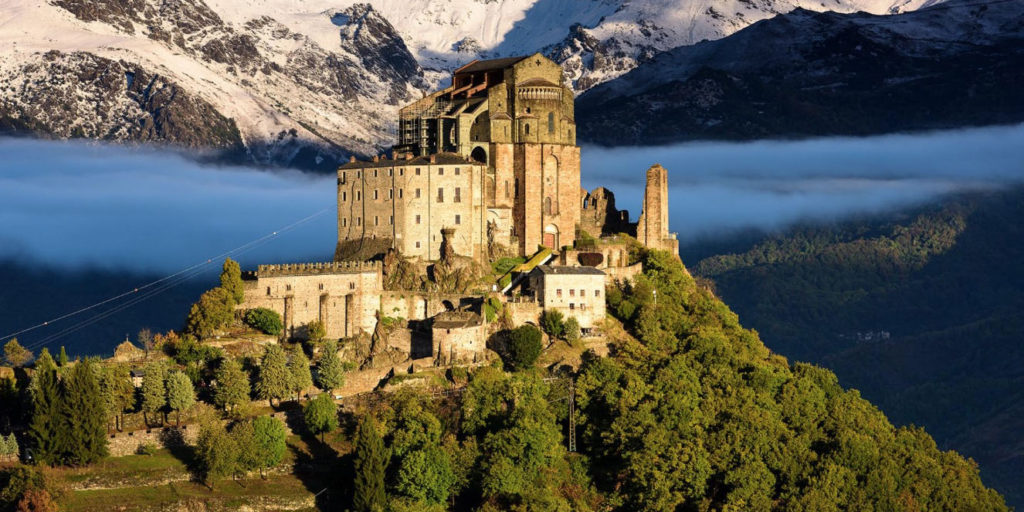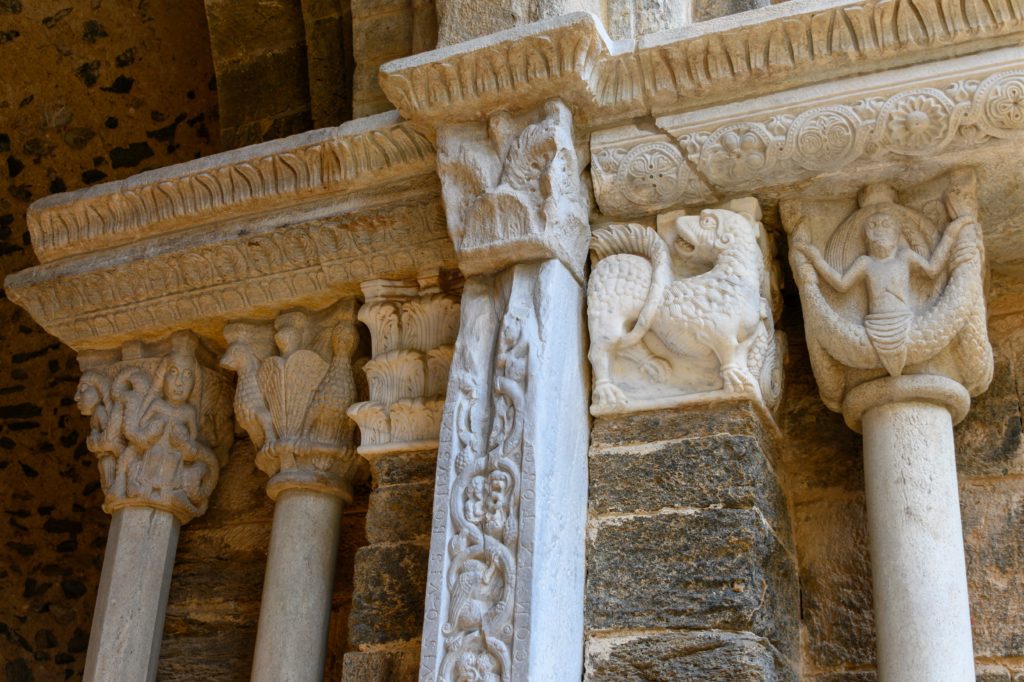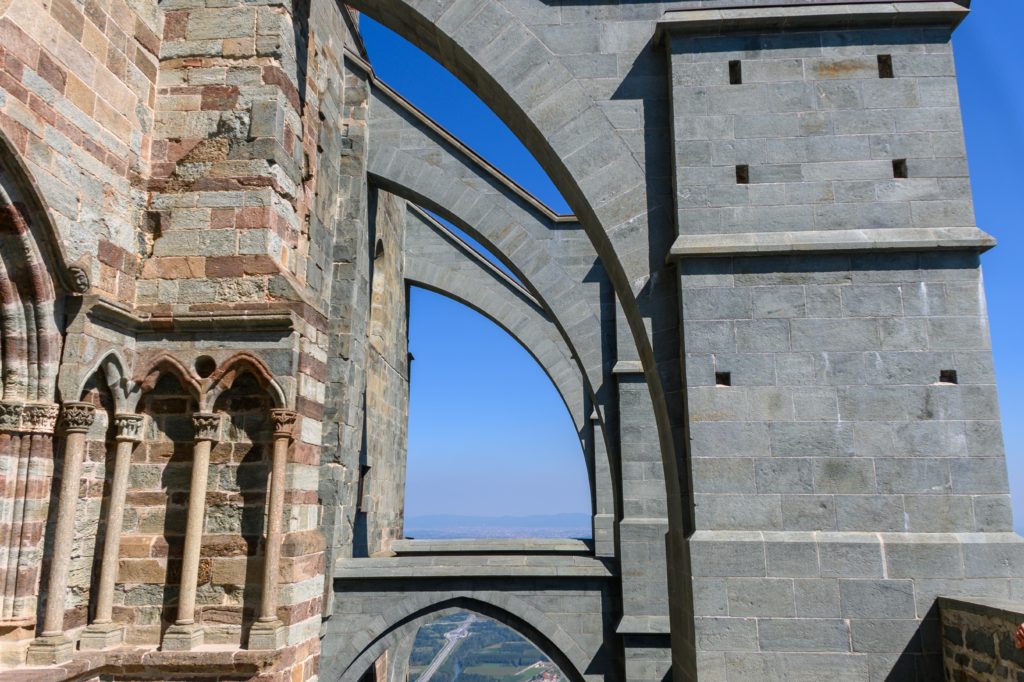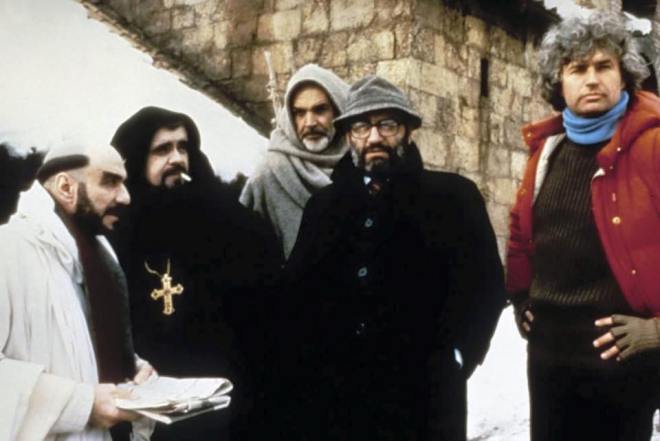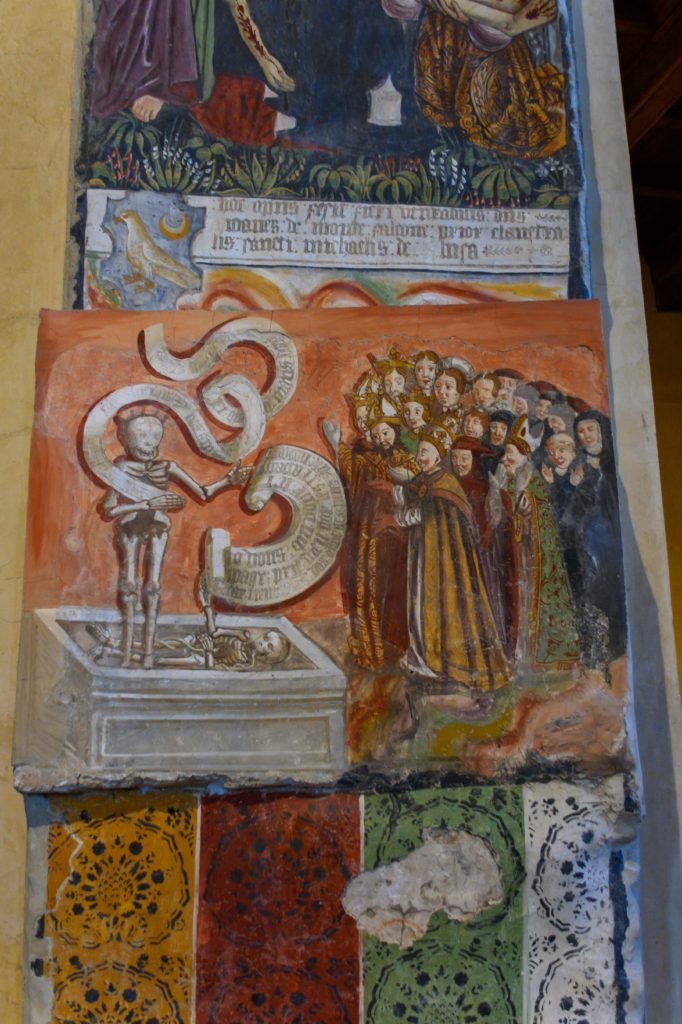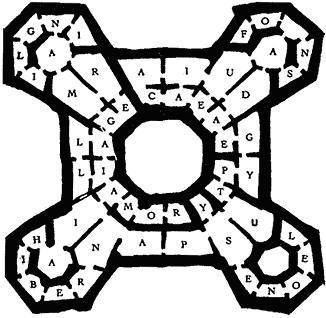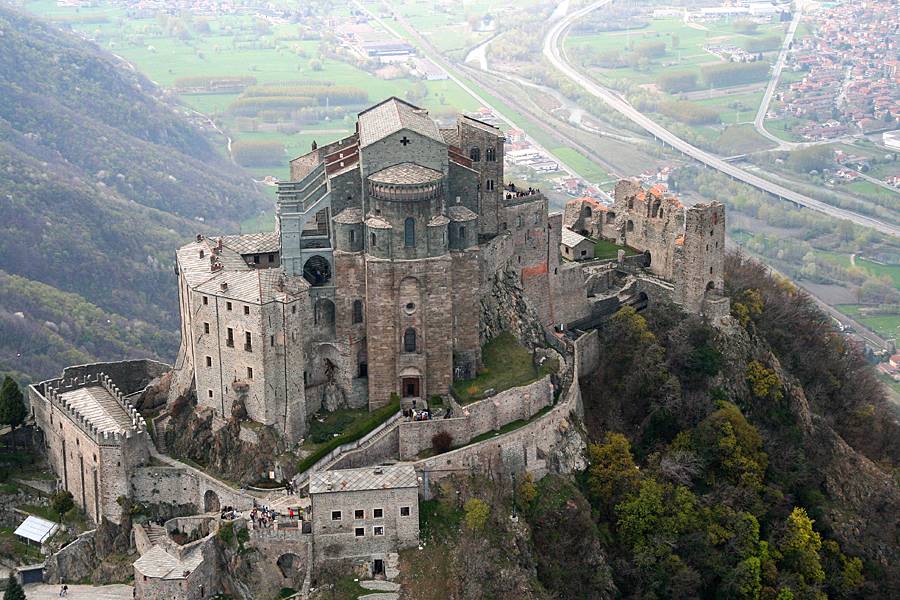We have a game in our family when one of us is traveling. We send a picture of the place we are in to our Whatsapp group and ask, “Where am I?”. The winner is of course the first to give the correct answer. My eldest son had just posted the picture of an impressive church under the snow, perched upon a massive rock. I knew he was driving back from a ski trip in Sestriere, on his way back to Milan. I didn’t know this abbey, but I immediately thought of « The Name of the Rose », Umberto Eco’s novel, which I had read many years ago when it was published in the early 80s. A short search on Google and Wikipedia confirmed that the Sacra di San Michele, just outside Turin on the road to the Alps, was indeed the building which had inspired the Italian writer for his famous novel’s setting.
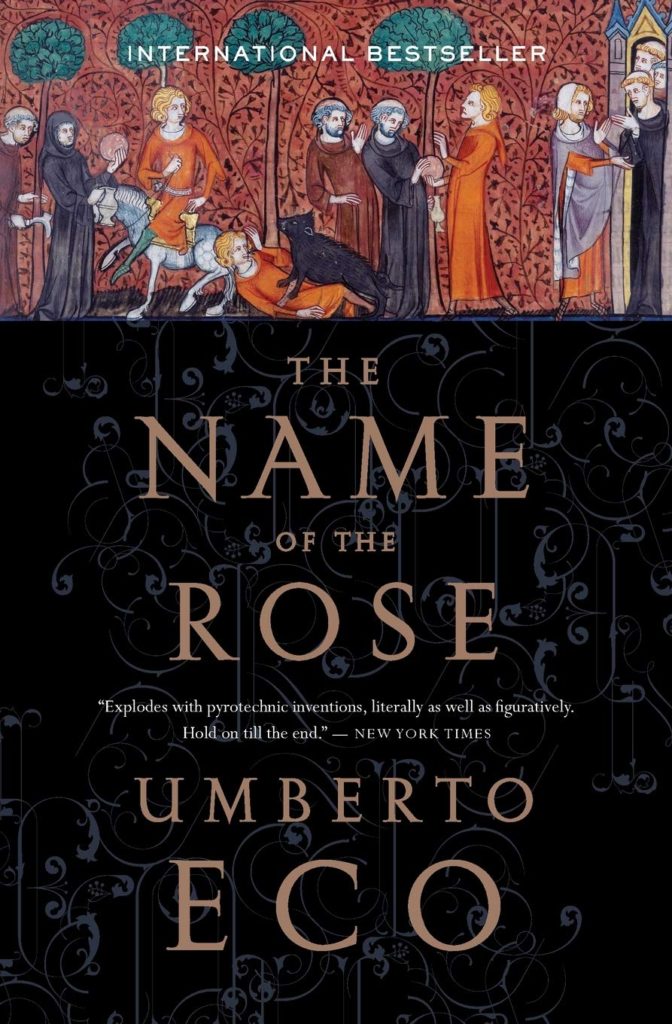
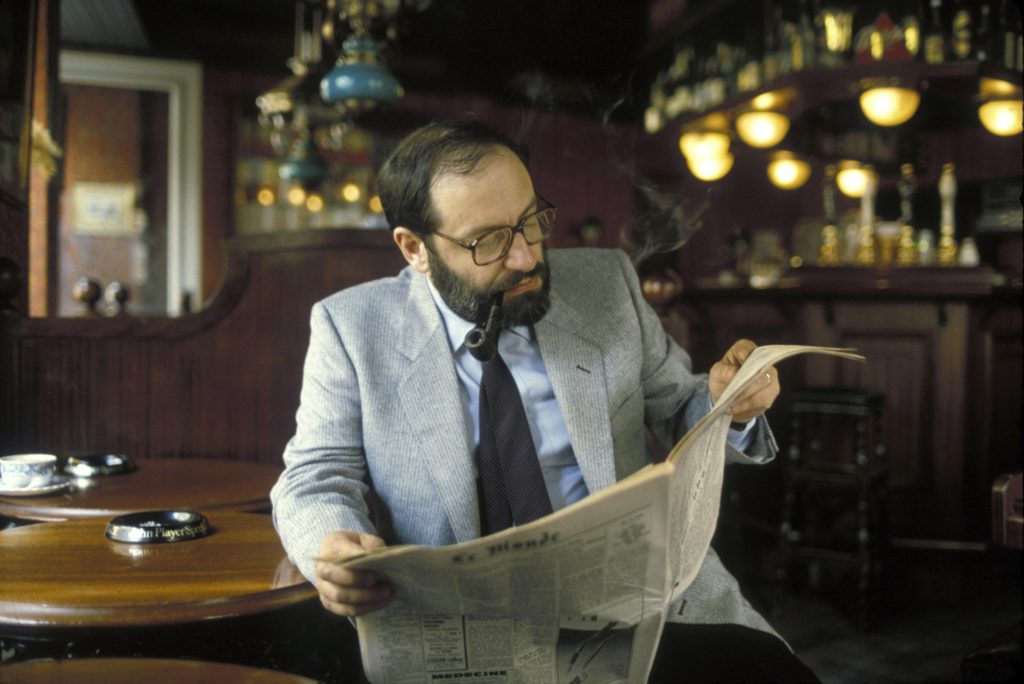
I don’t know well the Italian Piedmont, but this summer, on our way back from Tuscany, as we had planned on a stop in the French Alps instead of driving directly through Lombardy and Switzerland, I could not resist : we would make a few hours detour to climb up to this imposing church.
As soon as the highway had turned around Turin and took the direction of the Alps, it is impossible to miss on the left this high promontory dominating the valley and on which the abbey’s fortifications repose. The building whose construction started just before the year 1000 is dedicated to Saint-Michael, and legend has it that it is part of a sacred axis of monasteries built to honor the Archangel and does also include the Mount Saint-Michel in France. During a steep and long ascent in the woods, first by car and then on foot, you get to gradually see, through the foliage, this massive building which seems to be one with the rock on which it has been erected. Once at its foot, the climb continues through abrupt stairs along which appear beautiful roman capitals. The abbatial church’s platform offers splendid views on the flying buttresses, the valley below and the Alps in the distance.
The Sacra di San Michele gives more an impression of massive force than elegant refinement, but it is easy to understand how it could inspire Umberto Eco for his historical thriller set in Middle Ages when the arguments of reason were only starting to dawn from under the rigors of dogma. I read the book, saw its adaptation for the cinema by Jean-Jacques Annaud as well as its theatrical representation in the ruins of Villers-la-Ville abbey in Belgium.
In 1327, as Christendom is torn apart and the Pope’s authority contested, William of Baskerville, a Franciscan friar, arrives with Adso of Melk, a young novice, in a Benedictine abbey between Italy and the Provence. The abbot asked him to come elucidate the murder of one of the monks. But as the investigation seems stuck, spectacular assassinations continue to shake the monastery. So much that the Inquisitor Bernardo Gui, William’s personal enemy, is sent by the Pope to shed light on the crimes, or at least to make the designated culprit confess.
Meanwhile, William and Adso are intrigued by the black stains found on some of the victims’ fingers. They enter in library-labyrinth whose plan follows the cardinal directions. The Finis Africae room represents the limits of the known world and its entry is prohibited. The two detective-monks nevertheless manage to get in but stumble on Jorge de Burgos – a wink to the Argentine writer Jorge Luis Borges-, one of the venerable fathers who turned blind after years as the librarian, in charge of regulating access to the books and deciding which ones should remain prohibited.
The book is a fantastic balance between an exciting thriller, captivating erudition and a philosophical reflection on the virtues of laughing and the liberation that can flow from knowledge as it shatters dogmatic constructions, which from afar, like the Sacra di San Michele, might have appeared unassailable.
